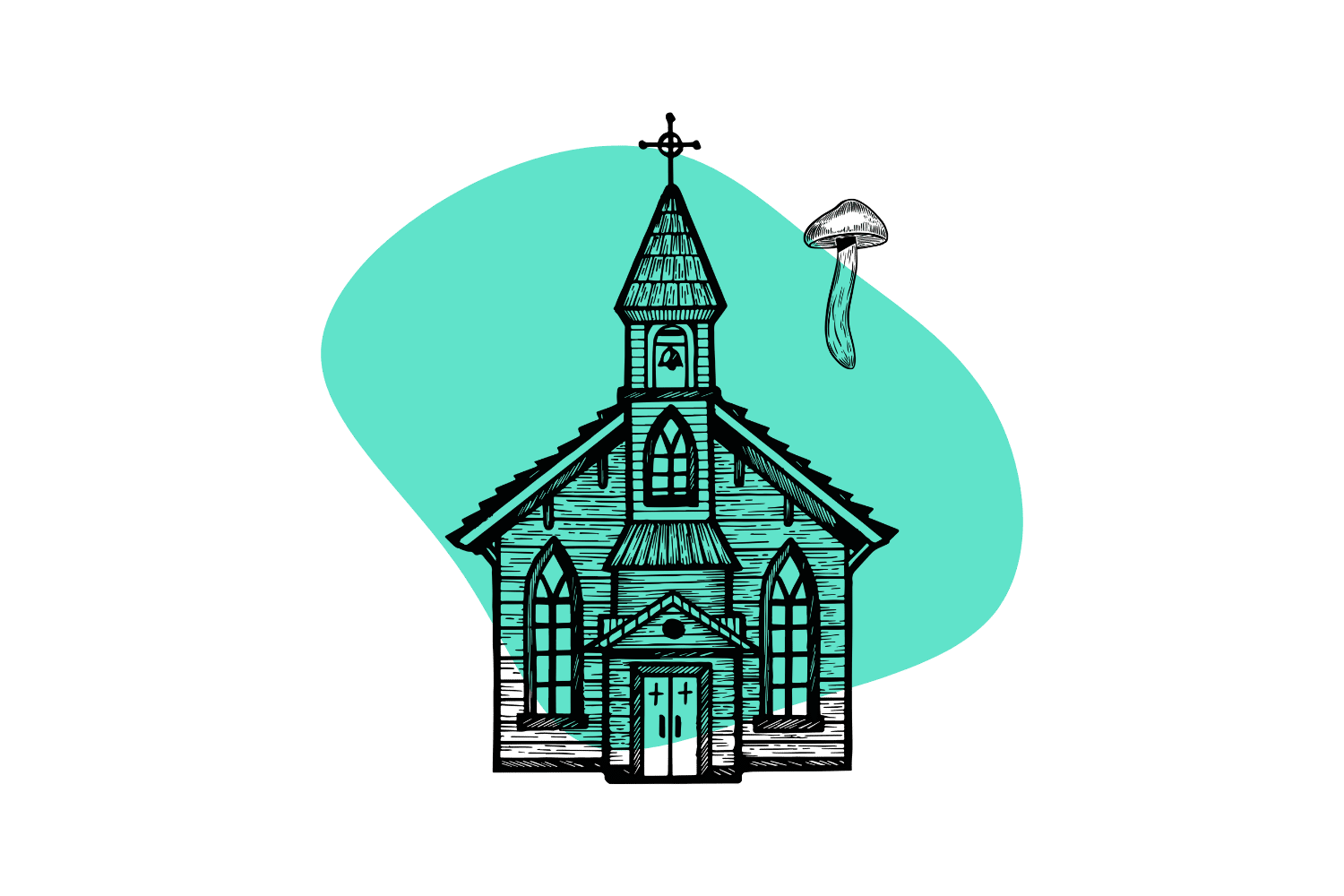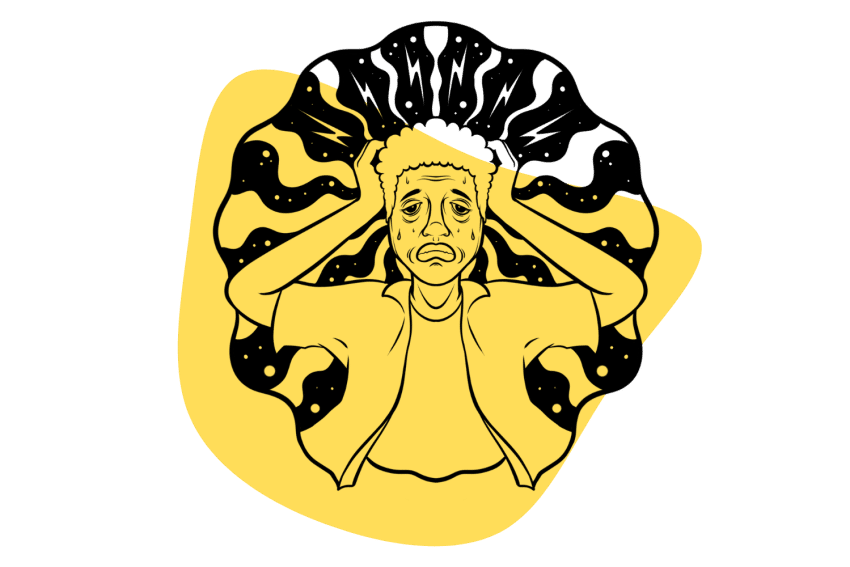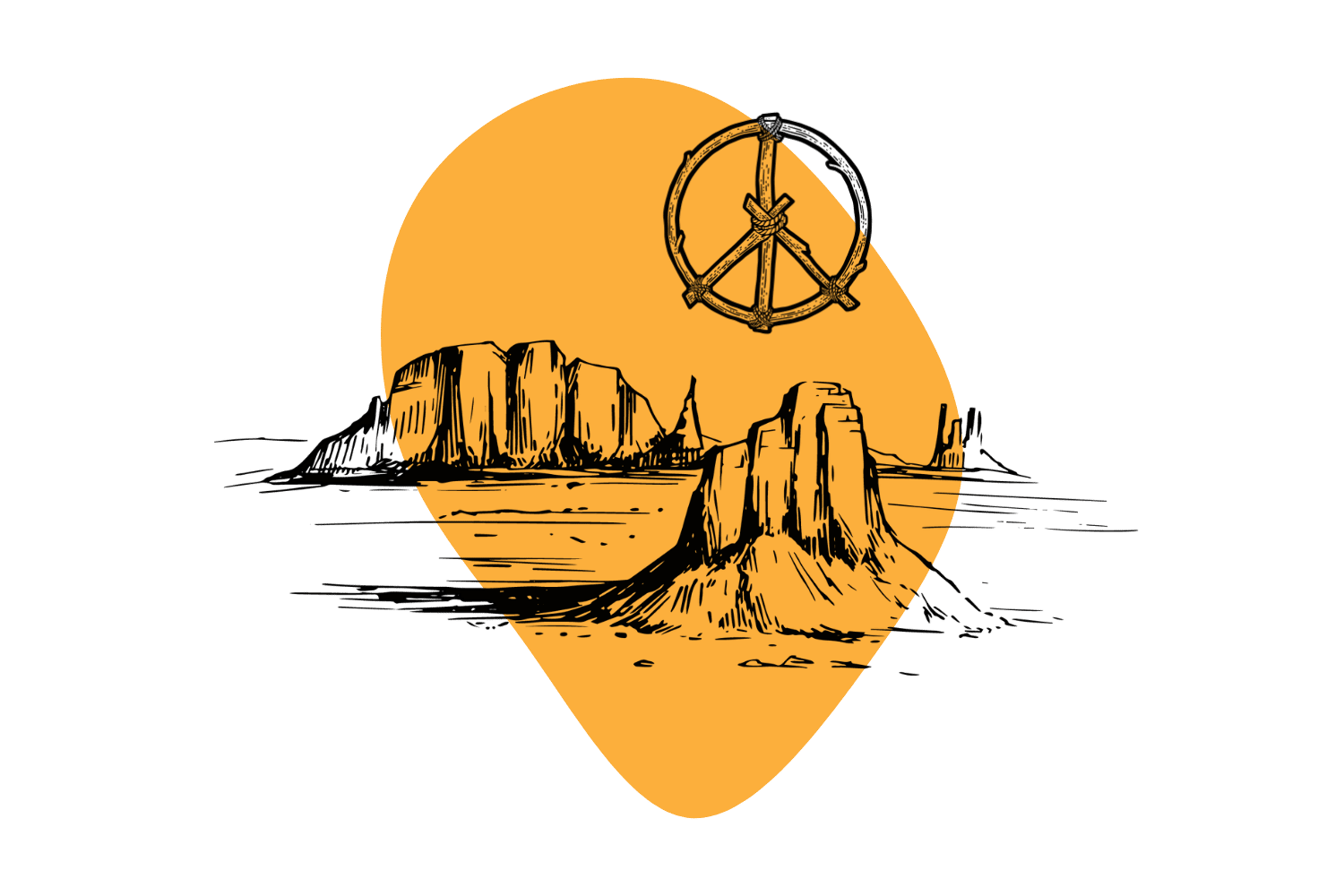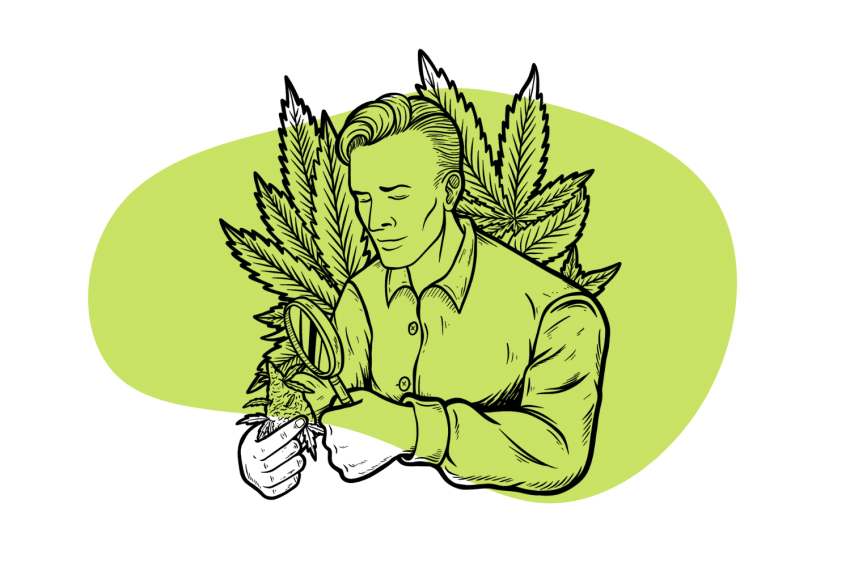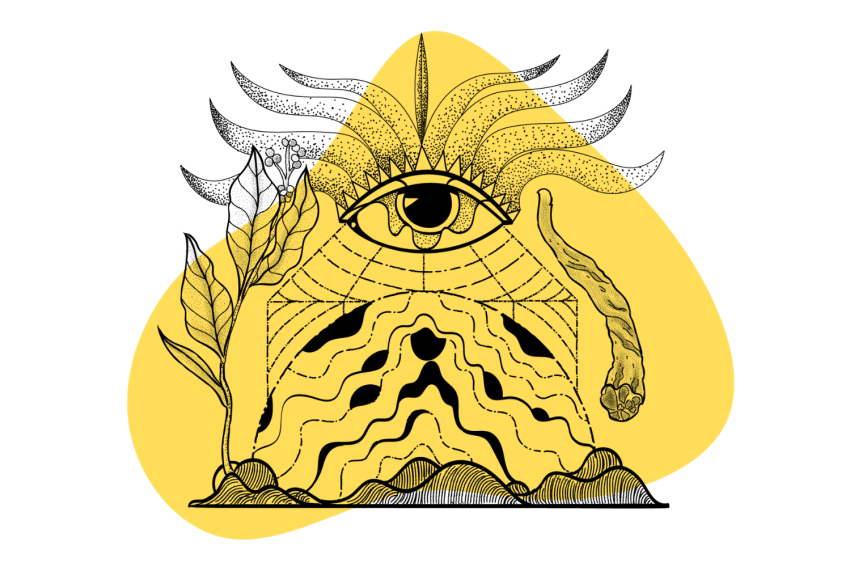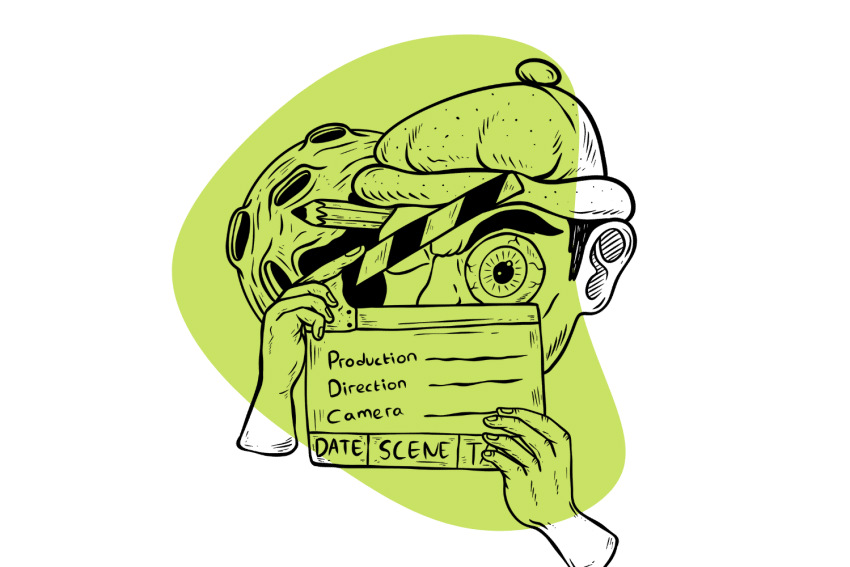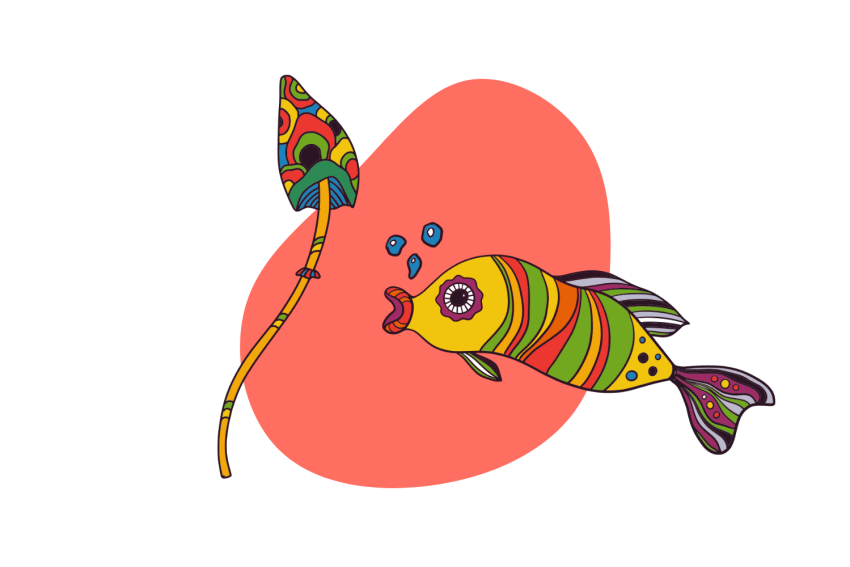A Mind-Bending Trip into the World of Psychedelic Art [Psychedelia]
There’s a lot more to trippy art than meets the eye 👁️
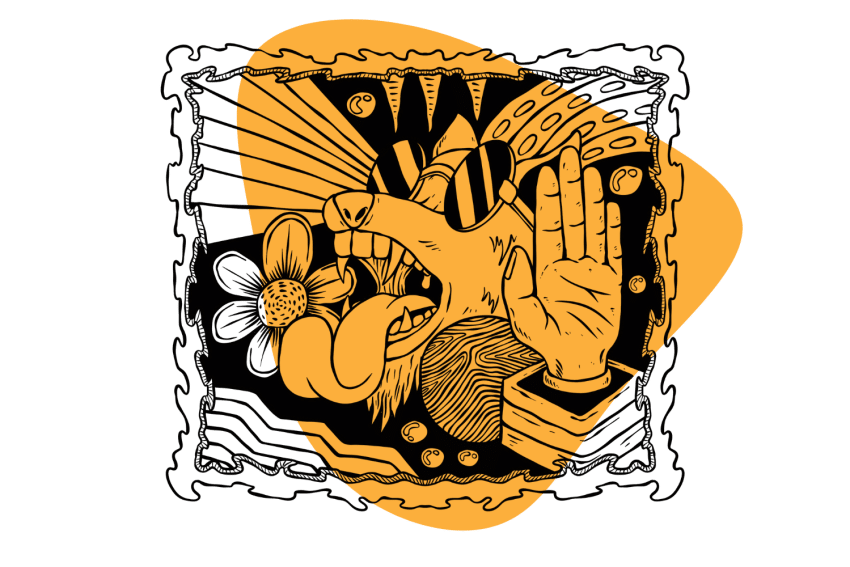
In essence, psychedelic art captures the spirit of the 1960s counterculture, emphasizing ideals for individuality, freedom, and creative expression.
Some of the key artists include Peter Max, Stanley Mouse, and Victor Moscoso, who used vibrant colors, distorted images, and surrealistic subjects to create posters and album covers that were popular during the time.
Go beyond the bright colors and trippy patterns, and you’ll find this art movement rebels against many societal constructs of the time and explores the innermost workings of the mind.
In addition to traditional forms of visual art, psychedelic art includes music, film, dance, and other forms of creative expression tied to the psychedelic experience.
We’ll explore the substances that influenced the development of art in the 1960s and beyond and how these psychedelics continue to influence culture today.
What Is Psychedelic Art?
Psychedelic art, or “psychedelia,” was an art style that emerged in the 1960s, fueled by the experiences of psychedelic drugs like LSD (lysergic acid diethylamide), magic mushrooms, and mescaline.
These substances are known for inducing altered states of consciousness with heavy visual hallucinations.
These psychedelic substances induce a sense of connectedness with all things, increasing awareness of one’s emotions and thoughts, and fostering a deep sense of empathy, which would influence the content and the style of this art movement.
Common motifs featured in psychedelic art include political iconography, elements of nature, spiritual symbolism, surrealistic subjects, fractal patterns, and vibrant colors intending to create a sense of distortion or otherworldliness.
Psychedelic art isn’t limited to traditional visual art (paintings, posters, murals, and album covers) but also includes music, film, literature, fashion, and performance art that attempts to translate insights from psychedelic experiences.
Prominent artists of this movement include Wes Wilson, Victor Morscoso, The Beatles, Jimi Hendrix, Ken Kesey, Allen Ginsberg, Jack Kerouac, and Stanley Kubrick.
The Rise Of The Psychedelic Art Movement & The Role of Psychedelic Culture in Art
Art movements reflect the period’s societal distress and values.
To understand the rise of the psychedelic art movement, it’s worth unpacking the social and political climate of the 1960s, which birthed the colorful counterculture era.
So, what was going on in the United States in the 1960s?
- The Vietnam War was a major issue at the time. Many young people opposed the draft and criticized the country’s participation in the war as it was perceived as a symbol of government corruption, inequality, and racism.
- The Civil Rights Movement was a fight for social justice and equality for African Americans that gained momentum through a series of protests and the efforts of leaders such as Martin Luther King Jr. and Malcolm X. This movement eventually led to significant changes in American society, including the passage of civil rights legislation.
- The Feminist Movement included figures like Betty Friedan, Gloria Steinem, and Angela Davis, who fought for women’s equal rights and an end to gender discrimination. The invention of the birth control pill gave women autonomy over their reproductive choices and catalyzed a sexual revolution.
Given the socio-political climate of the United States at the time, you can see that there was a rebellious nature to psychedelic art. The counterculture is, broadly, a rejection of the mainstream American culture, which was seen as repressive, conformist, and materialistic.
The younger generation sought an alternative way of life based on the values of personal freedom and social and environmental activism.
These ideals were heavily influenced by experimental art and concepts in Eastern spirituality (yoga, meditation, and mysticism), which provided a sense of liberation and freedom from the traditional conventions of Western society.
Many artists during this time used their platform as a form of political protest, and the psychedelic art style became closely associated with the counterculture’s more liberal values.
Psychedelic poster artists like Wes Wilson, Stanley Mouse, Victor Moscoso, and Bonnie Maclean created graphic artworks to promote concerts and other events. Their artwork often included political messages that became emblematic of the counterculture.
In addition to visual art, music played a significant role in counterculture.
Many artists, including Jefferson Airplane, Grateful Dead, The Beatles, Jimi Hendrix, and Bob Dylan, wrote songs inspired by their experiences with psychedelic drugs and the social movements of the time.
Films and literature also reflected the values and ideals of the counterculture, often exploring themes of anti-authoritarianism, spirituality, and social justice.
The Substances That Influenced The Psychedelic Art Movement
Psychedelics have long inspired art, but a few substances, in particular, stand out for having a powerful influence.
Magic Mushrooms
Magic mushrooms have long been used in indigenous cultures of Mexico and South America.
The author, banker, and amateur ethnomycologist R. Gordon Wasson and his wife suddenly introduced these mushrooms to America after visiting the village of Hualta de Jiménez in Mexico. They participated in a sacred magic mushroom ceremony with the legendary shaman, Maria Sabina.
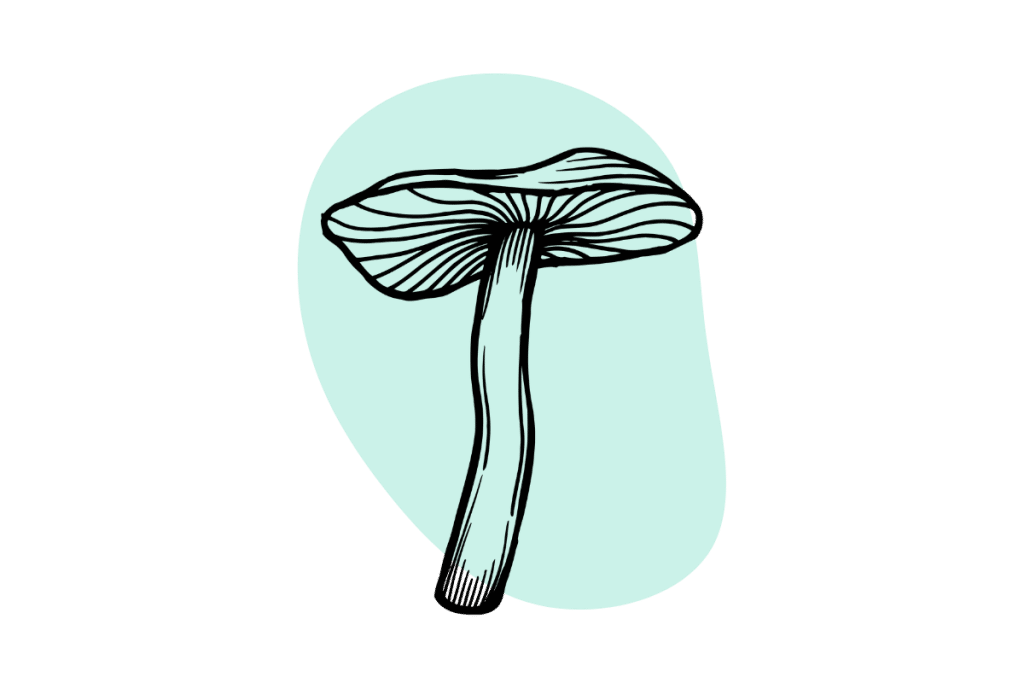
Wasson’s then published his transformative experience with magic mushrooms in an article for Life Magazine in 1957. This marked a turning point in the American public’s perception of psychedelics.
The article popularized magic mushrooms and sparked a broader curiosity about other hallucinogenic substances and their potential for spiritual and personal growth.
Related: Exploring Over 100 Species of Magic Mushrooms
LSD
The recreational use of LSD (lysergic acid diethylamide) became widely popular thanks partly to the advocacy of Harvard psychologist Timothy Leary. Leary believed that hallucinogenic drugs like LSD and psilocybin could be used as tools for personal development and societal transformation.
LSD was an important catalyst for the art and culture of the 60s counterculture.
Related: The Lysergamide Family of Psychedelics
Mescaline
Mescaline, a psychoactive compound derived from peyote cactus used by the indigenous cultures of Mexico and the Southwestern United States, was pushed into the spotlight through the works of Aldous Huxley, who published his experiences with psychedelics in his book The Doors Of Perception (1954) and advocated for their research and responsible use as a tool for self-exploration.
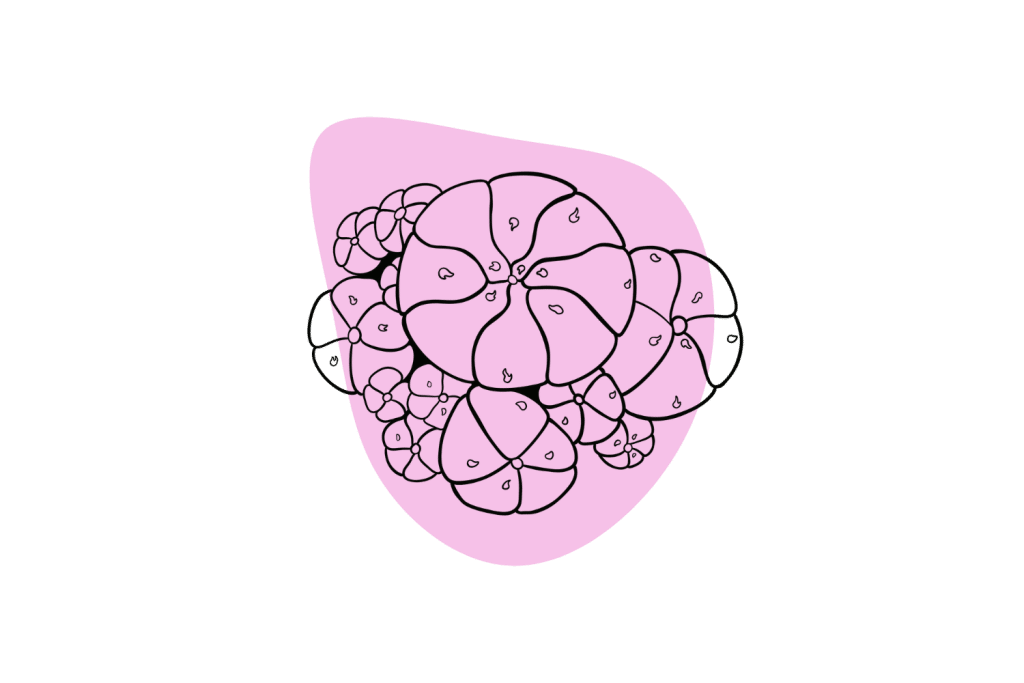
Huxley’s accounts of his mescaline trips in The Doors Of Perception became a popular counterculture reference. For instance, Jim Morrison of The Doors was known to be a big fan of Huxley’s work and named the band after his book.
Ayahuasca
A sacred brew from deep within the Amazon rainforest known as ayahuasca has been the catalyst for numerous high-profile artists within the past 50 years. Locally, in places like Peru, ayahuasca art has a unique flavor and style.
Another significant writer whose work influenced the counterculture movement was William S. Burroughs. Burroughs was recognized for his avant-garde writing style, which explored themes of drug use, homosexuality, and political subversion.
In his book, The Yage Letters, Burroughs shares his experiences with the hallucinogenic drug yagé ( also known as ayahuasca) from his travels in South America.
In this work, Burroughs describes his search for meaning and spirituality in a world that feels stiflingly oppressive and conformist. His writings contributed to the overall sentiment of the psychedelic art movement and a growing interest in the drugs that gave him and other artists these consciousness-expanding experiences.
Marijuana
We can’t fly past this topic without touching on marijuana, which became a symbol of the rejection of mainstream values. Counterculture musicians publicly advocated its use and often wrote songs inspired by it.
Smoking marijuana was (and still is) a social activity to connect with like-minded people and form a sense of camaraderie. During the 60s and 70s, marijuana use was associated with the anti-war movement, as it was used in acts of civil disobedience to protest the Vietnam War.
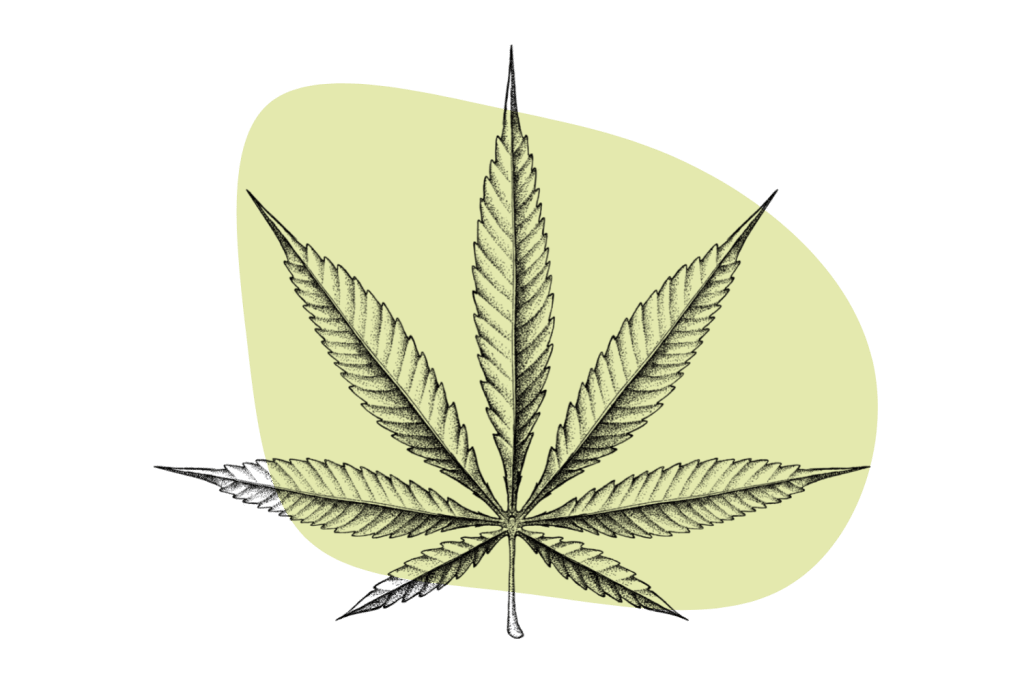
The discovery of these consciousness-expanding drugs by artists allowed them to break free from their conditioned beliefs and perceive the world differently, inspiring a surge of artistic expression.
Art Styles That Influenced Psychedelic Art
When people think of psychedelic art, they think of bright colors, trippy patterns, and a sense of rebellion — but this didn’t emerge as an isolated movement. Psychedelic art was heavily influenced by various art styles that came before it.
Surrealism
Surrealism is seen as more of a cultural movement than a distinct art style that emerged after World War I. Surrealist artists explore themes related to the subconscious mind with illogical scenes and otherworldly landscapes that are often unsettling in response to the collective trauma experienced after the Great War.
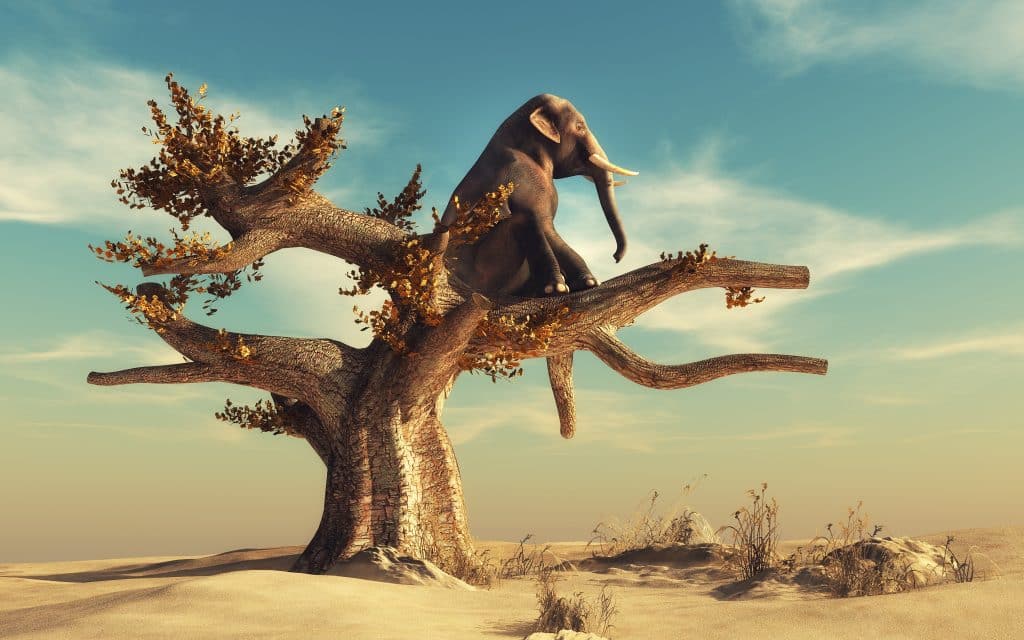
You can see aspects of surrealism in psychedelic art in the use of unexpected or juxtaposed elements and trippy, dreamlike landscapes that are meant to represent the inner workings of the mind, challenging ideas about art and perception.
Art Nouveau
Art Nouveau was an art movement that started in the 19th century in Western Europe, characterized by intricate ornamentation with flowing lines, plant motifs, and other organic forms.
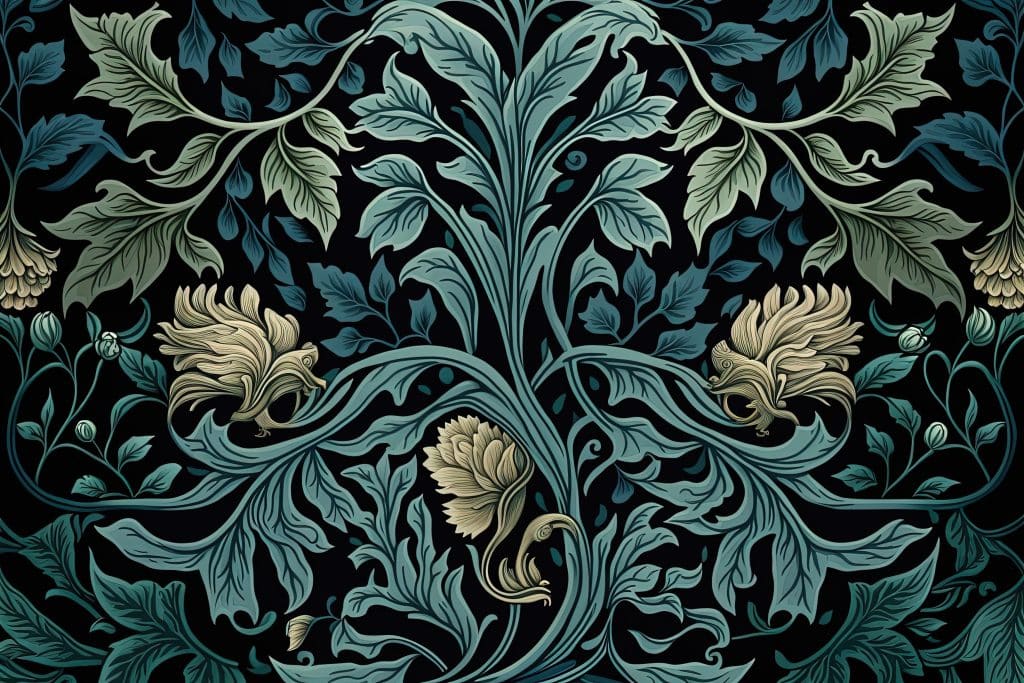
This aesthetic was seen as a reaction to the quickening industrialization of society and sought to return to a simpler and organic approach to art, which celebrated hand-crafted goods and nature.
Art Nouveau’s influence on psychedelic art could be seen in its appreciation of nature, the use of vivid colors and bold shapes, fantastical imagery, and ornamental details.
Abstract Expressionism
Splattered paints, bold colors, and an emphasis on spontaneity, abstract expressionism is a post-World War II art movement that challenges the rigidity and formalism of art movements that came before it.
Like psychedelic art, abstract expressionism draws attention to the individual’s art style and expression, emphasizing the process of creation rather than the finished artwork.
Pop Art
Pop art is a movement that dominated the United Kingdom and America in the mid-to late-1950s, attempting to break down boundaries between high art and low art, making it accessible to a broader audience.
This style uses bright colors, bold lines, popular culture references, mass media, and advertising, commenting on mass consumption.
Pop art’s influence on psychedelic art can be seen in the bold graphic styles and use of color. Still, more importantly, psychedelic art continued to blur the lines between fine art and popular culture, allowing everyday items and mass-produced images like posters and album covers to enter the realm of high art.
How Did The Psychedelic Art Movement Influence Pop Culture Today
Many contemporary artists continue to draw inspiration from the iconic aesthetic of the psychedelic era. But beyond the art aesthetics, many of the values that inspired psychedelic art are still alive today.
The influence of psychedelic art can be seen in the work of contemporary artists such as Alex Grey, Amanda Sage, and Luke Brown, who are known for their intricate geometric patterns and mystical themes in their work that reflect transcendence and otherworldly experiences from psychedelic trips.
Music festivals like Burning Man, Glastonbury, Coachella, and Lollapalooza echo the free-spirited atmosphere of the iconic Woodstock festival, featuring a diverse range of musical acts, art installations, and cultural activities that celebrate the freedom of expression and the community brought together by the love of art and music.
Let’s not forget that the psychedelic art movement helped to popularize the use of psychoactive substances like marijuana, LSD, and magic mushrooms in Western culture, paving the way for research into their use as potential treatments for mental health conditions.
Overall, the psychedelic art scene of the 1960s had a lasting impact on popular culture and continues to inspire and influence artists today.

